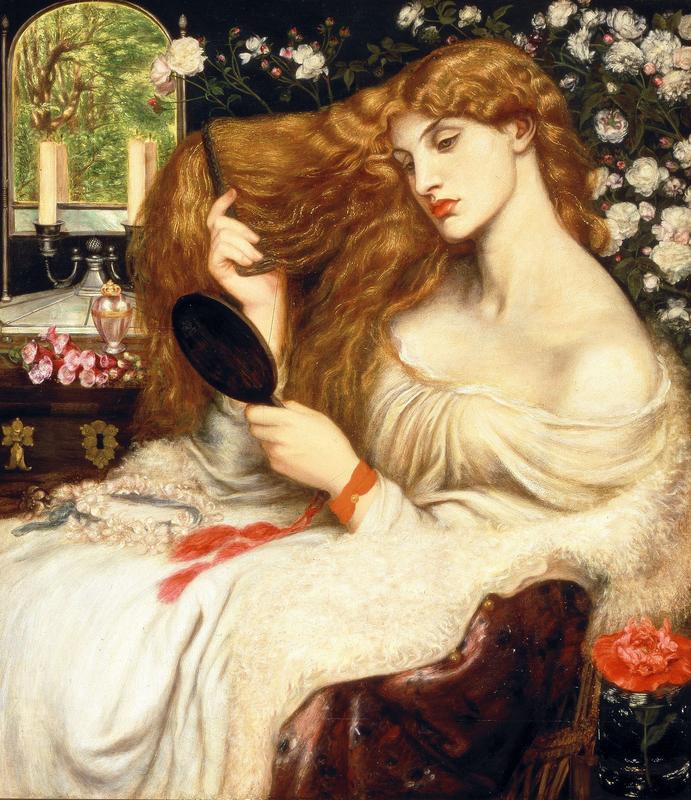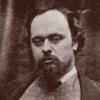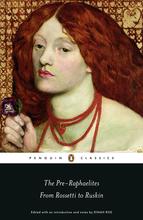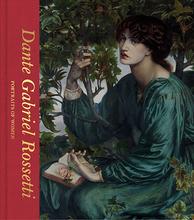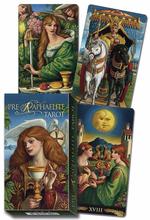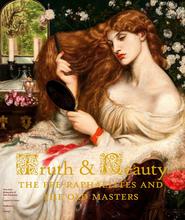More about Lady Lilith
- All
- Info
- Shop

Contributor
If you think Lady Lilith is just another baby-making, dinner-cooking, house-cleaning woman of the Victorian era, think again.
Lady Lilith is known in Judaic literature as Adam’s ex before he got with Eve. And she was an ex for good reason. Lilith here “is associated with the seduction of men and the murder of children.” And as you can see on her beautiful, bored face, she doesn’t give two sh*ts about it. She’s just sitting there brushing her long, gorgeous hair, which take up most of the painting, and looking into a mirror, completely closing herself off to voyeurs of any kind. If a heterosexual man were to look at this painting, he would feel totally left out of the equation, which is something new and different for them because they have been writing the equation for most of history. This may seem feminist, but we can’t forget that this painting was done by the very male Dante Gabriel Rossetti. The Pre-Raphaelites were huge fans of painting women “as powerful and evil temptresses.” So basically because Lilith's aloof attitude is a sign that she is evil.
Lilith was figuratively, not dispositionally modeled after Rossetti’s gf, Fanny Cornforth (Fanny would never eat a baby). But then somewhere around 1872, Rossetti changed the face of Lilith to look more like another of his models, Alexa Wilding. The commissioner of the piece was Frederick Richards Leyland, who hogged a bunch of Rossetti pieces in his day. At one point he had five hanging just in his drawing rooms. But after his death, Samuel Bancroft scooped it up, as he was crazy about Pre-Raphaelite art. Then when Bancroft died it was donated to the Delaware Art Museum, where it has stayed since. There’s a watercolor replica in the Met but, to the Met’s detriment, it’s definitely not as cool. Lady Lilith also has a counterpart in the painting, Sibylla Palmifera located in the Lady Lever Art Gallery in Liverpool. Neither of these stack up to the intense beauty and symbolism of the oil Lady Lilith though.
In terms of symbolism, Lady Lilith is boss. First and foremost, Lilith’s hair, the centerpiece of the painting is a symbol of potent sexuality, as, “the more abundant the hair, the more potent the sexual invitation implied in its display.” Lilith also flaunts her sexual freedom by not wearing a corset. Gasp! This could also “symbolize her refusal to fit into socially inhibiting roles and constraints.” So far we’re huge fans of Lilith. The flowers in this piece also all have individual meanings. For instance, white roses “signify cold sensuous love,” poppies are “the flower of opium-induced slumber,” and the foxglove on the bureau “signifying insincerity.” Together these flowers give this painting a man-eater vibe like no other. Even better than having to read into the work is actually reading the quote on the original frame of the watercolor Lilith (the only way that the watercolor one has the oil one beat). It displays lines from Goethe’s "Faust" that say, “Beware . . . for she excels all women in the magic of her locks, and when she twines them round a young man’s neck, she will not ever set him free again.” Lilith, ladies and gentlemen!
Sources
- "A Dialectic Of Beauty In Rossetti's Lady Lilith." Victorianweb.org. N.p., 2018. Web. 4 Sept. 2018.
- Gitter, Elisabeth G. "The Power Of Women's Hair In The Victorian Imagination." PMLA 99.5 (1984): 936. Web.
- "Lady Lilith : Delaware Art Museum." Delart.org. N.p., 2018. Web. 4 Sept. 2018.
- "Lady Lilith." Rossettiarchive.org. N.p., 2018. Web. 4 Sept. 2018.
- Scerba, Amy. "Dante Gabriel Rossetti's Painting "Lady Lilith" (1863: Watercolor, 1864-1868?: Oil) | Eserver_Feminism." Feminism.eserver.org. N.p., 1999. Web. 4 Sept. 2018.
Featured Content
Here is what Wikipedia says about Lady Lilith
Lady Lilith is an oil painting by Dante Gabriel Rossetti first painted in 1866–1868 using his mistress Fanny Cornforth as the model, then altered in 1872–73 to show the face of Alexa Wilding. The subject is Lilith, who was, according to ancient Judaic myth, "the first wife of Adam" and is associated with the seduction of men and the murder of children. She is shown as a "powerful and evil temptress" and as "an iconic, Amazon-like female with long, flowing hair."
Rossetti overpainted Cornforth's face, perhaps at the suggestion of his client, shipping magnate Frederick Richards Leyland, who displayed the painting in his drawing room with five other Rossetti "stunners." After Leyland's death, the painting was purchased by Samuel Bancroft and Bancroft's estate donated it in 1935 to the Delaware Art Museum where it is now displayed.
The painting forms a pair with Sibylla Palmifera, painted 1866–1870, also with Wilding as the model. Lady Lilith represents the body's beauty, according to Rossetti's sonnet inscribed on the frame. Sibylla Palmifera represents the soul's beauty, according to the Rossetti sonnet on its frame.
A large 1867 replica of Lady Lilith, painted by Rossetti in watercolor, which shows the face of Cornforth, is now owned by New York's Metropolitan Museum of Art. It has a verse from Goethe's Faust as translated by Shelley on a label attached by Rossetti to its frame:
"Beware of her fair hair, for she excells
All women in the magic of her locks,
And when she twines them round a young man's neck
she will not ever set him free again."
Check out the full Wikipedia article about Lady Lilith

